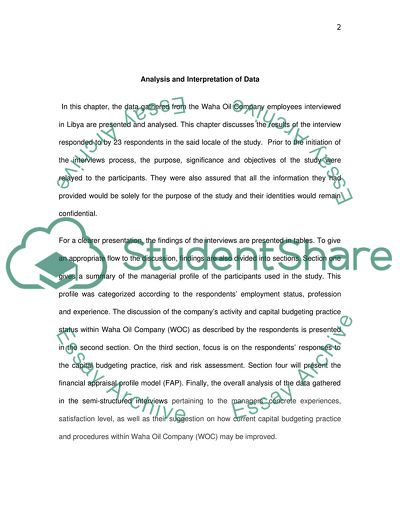Cite this document
(Techniques Used by Qualitative Researchers Research Proposal, n.d.)
Techniques Used by Qualitative Researchers Research Proposal. Retrieved from https://studentshare.org/education/1726785-data-colected
Techniques Used by Qualitative Researchers Research Proposal. Retrieved from https://studentshare.org/education/1726785-data-colected
(Techniques Used by Qualitative Researchers Research Proposal)
Techniques Used by Qualitative Researchers Research Proposal. https://studentshare.org/education/1726785-data-colected.
Techniques Used by Qualitative Researchers Research Proposal. https://studentshare.org/education/1726785-data-colected.
“Techniques Used by Qualitative Researchers Research Proposal”, n.d. https://studentshare.org/education/1726785-data-colected.


